PPT-Exploring Electricity and Magnetism Presented by SRP
Author : debby-jeon | Published Date : 2019-03-16
Kevin Rolfe Education Representative Community Outreach Claudine Truxal Environmental Education Exchange Robin Inskeep STEM Coach Tolleson Scott Greenhalgh Science
Presentation Embed Code
Download Presentation
Download Presentation The PPT/PDF document "Exploring Electricity and Magnetism Pres..." is the property of its rightful owner. Permission is granted to download and print the materials on this website for personal, non-commercial use only, and to display it on your personal computer provided you do not modify the materials and that you retain all copyright notices contained in the materials. By downloading content from our website, you accept the terms of this agreement.
Exploring Electricity and Magnetism Presented by SRP: Transcript
Download Rules Of Document
"Exploring Electricity and Magnetism Presented by SRP"The content belongs to its owner. You may download and print it for personal use, without modification, and keep all copyright notices. By downloading, you agree to these terms.
Related Documents

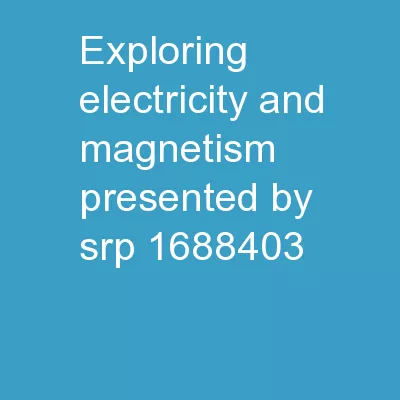

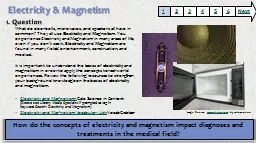

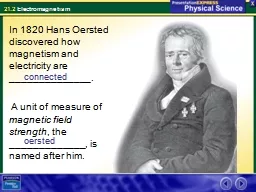
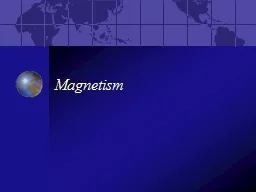
![1 L 27 Electricity & Magnetism [5]](https://thumbs.docslides.com/548574/1-l-27-electricity-amp-magnetism-5.jpg)

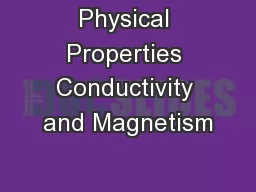
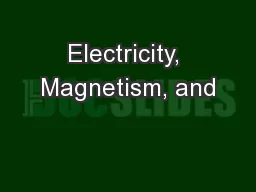
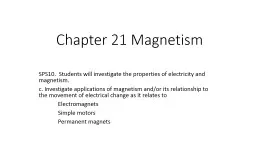
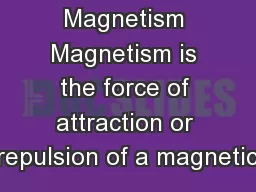
![1 L 27 Electricity & Magnetism [5]](https://thumbs.docslides.com/725963/1-l-27-electricity-amp-magnetism-5-1561643.jpg)
